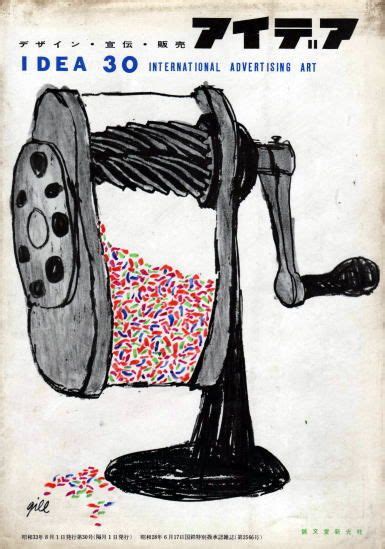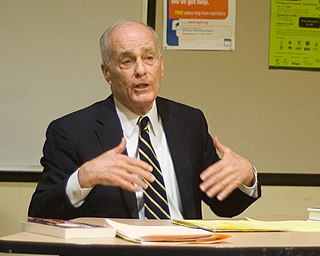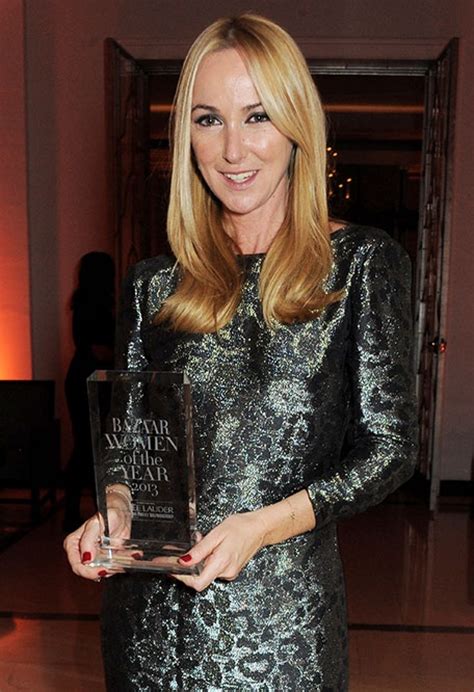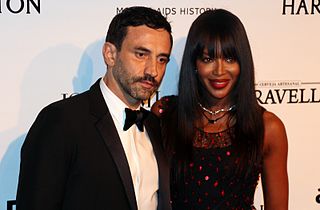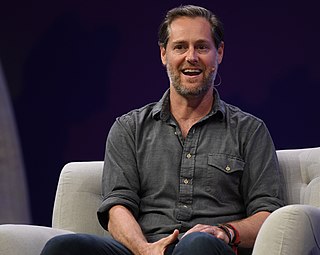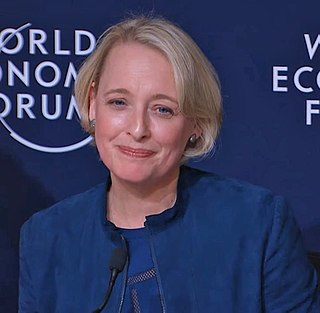A Quote by Jack Dorsey
TweetDeck is a very interesting client, because it presents a view that no other client in the world presents, which is this multicolumn, massive amounts of information in one pane. And people really, really enjoy that.
Quote Topics
Related Quotes
Advertising agencies don't care about a better world in the end. They are servants of their client: what the client wants is what they get. Their only problem is to not lose the budget. I think its a shame because advertising is so boring and it can be so interesting. They should ask more artists to make interesting campaigns.
Many photographers feel their client is the subject. My client is a woman in Kansas who reads Vogue. I'm trying to intrigue, stimulate, feed her. My responsibility is to the reader. The severe portrait that is not the greatest joy in the world to the subject may be enormously interesting to the reader.
We're trying to win business by doing a good job for the clients, as opposed to, "We think being big and universal is just a great, wonderful thing." It's not a morality thing. It's a "Does it work for the client?" thing. Everything we do is because a client uses us. Everything we do is because a client chose to use us of his own free volition.
For a lawyer to do less than his utmost is, I strongly feel, a betrayal of his client. Though in criminal trials one tends to focus on the defense attorney and his client the accused, the prosecutor is also a lawyer, and he too has a client: the People. And the People are equally entitled to their day in court, to a fair and impartial trial, and to justice.
The pressure is always very high. I am the client, and when I am the client, I need to fight with the photographer or with the stylists or with all the people that are on the set, because I am the only one who has a very specific vision. I always have the pressure, either from myself or from the company. I am a control freak. It's part of my culture. I know that I am still working to build a Frida moment at Gucci.
I do the final fitting because the client wants me there. They're not spoilt, they really understand that you're very busy, but they just want you to say what you think - for just ten minutes. They really want to know your opinion because it really is a service at the end of the day, a luxury service.



